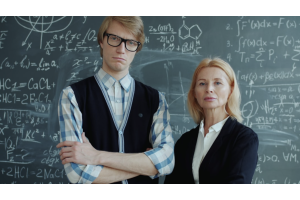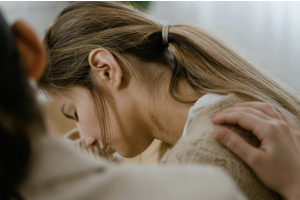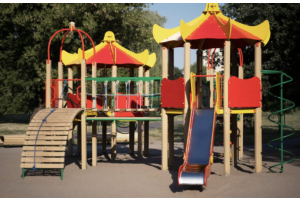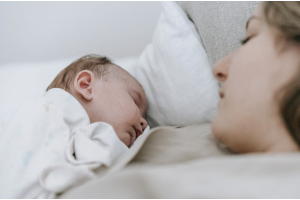Recycling and Reusing Baby Items: A Guide for New Parents
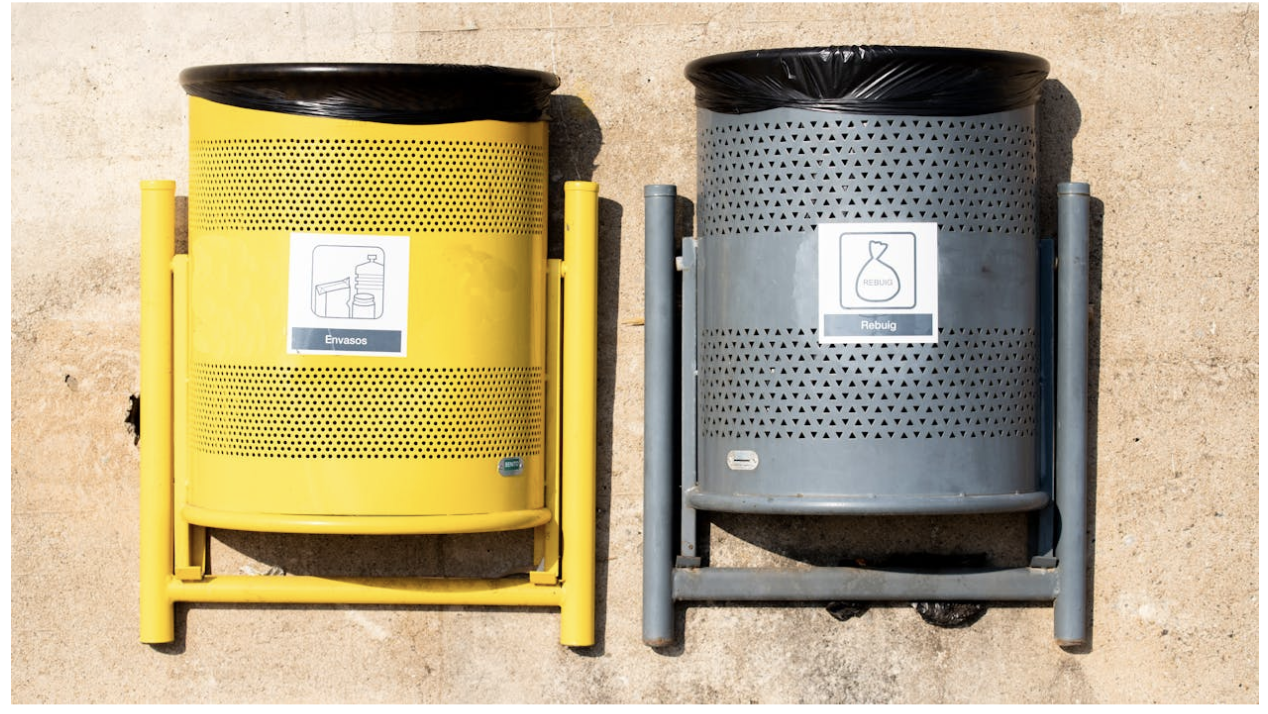
Welcoming a new baby into your home is a joyous occasion filled with excitement and anticipation. As new parents, you want to provide the best environment for your little one, and part of that involves making eco-friendly choices that benefit both your baby and the planet. With the growing concern over environmental issues, many parents are looking for ways to recycle and reuse baby items.
This guide will help you navigate the world of sustainable parenting, providing tips and insights on reducing waste while caring for your baby. For those in need of local waste disposal services, be sure to check out millbrook trash disposal.
The Benefits of Recycling and Reusing Baby Items
The advantages of reusing or recycling baby items cannot be overstated. Not only do you save the costs of disposal of unnecessary materials and products, but you also contribute to saving the environment by simply decreasing the demand for new products. Babies develop fast, and others quickly replace most things used during the baby’s first few months of life. To reduce landfill waste, which is increasing, you can effectively look for other ways of reusing these items.
First and foremost, it is evident that recycling baby items aids in cost reduction. Products for a baby are pretty costly, so reusing these items helps the parent save money and spend it where required. Furthermore, opting for recyclable products reduces the resources that must be used to manufacture new products and the energy needed to transport them. This is especially significant in current environmental challenges such as climate change and increased emphasis on environmental conservation.
Tips for Recycling and Reusing Baby Items
Here are some tips you can apply when packaging and reusing baby items: The first aspect entails undertaking a survey to evaluate the available resources and identify and assess items that can be reused. Many baby items are manufactured for temporary use but can be used for long-term use.
Clothing is one of the most accessible products to recycle as most are made from natural resources such as fibers. Babies outgrow their clothes very fast, but the clothes may be hand-me-down to other babies in the family or baby friends or even donated to children’s homes or other related organizations. If any of the items are unique, perhaps they can be incorporated into making some other used item, like a quilt or a stuffed toy. Thus, on the one hand, you retain the memory of the fabric, and simultaneously, you give it a new mission.
Furniture is another area where recycling can significantly impact the environment to the extent that the old furniture is recycled. For instance, the crib can be altered and used as a toddler bed, a changing table can be used as a desk, and a dresser can also be used to store other items as your child grows. A crib can be converted into a toddler bed or a little space for reading a book.
Furniture can be changed according to the space; therefore, tables can be converted to storage or art elements. However, there is always a way to come up with a solution to the problem, and one of them is to use this kind of cloth for other purposes to avoid waste.
Toys and books are also ideal for recycling since these items can be used again after being discarded. That means the toys and books you bought for your baby would become useless before they are damaged. You may organize a toy exchange with other parents or give away some toys at nearby shelters or daycares. This way, there is less wastage, and other children are also allowed to use the things initially intended for that specific child.
In cases where the use of a material or product cannot be repeated, the next best thing is recycling. Most areas have special collections for baby items, where people can bring the items to be recycled. Such materials include polyester bottles, baby food jars, cardboard boxes, and the like, which can easily be recycled from the curbside. As for bulky and oversized items such as strollers and car seats, one needs to consult with the local recycling agencies to see if they are accepted. If this is not possible, other programs are dedicated to recycling these particular items.
Making Eco-Friendly Choices
Some tips for new parents on going green include using reusable baby products, recycling and reusing baby products, and choosing new ecological baby products. When possible, choose products that are naturally derived, such as organic cotton, bamboo, etc. These materials are not only more ecological but also safer for your baby without any toxic substances, such as chemicals or pesticides.
When choosing likely baby products, choose those that have small packaging or packaging made from recycled materials. This will minimize waste while giving back to companies dedicated to environmental conservation. Furthermore, try to buy pre-owned goods in any way possible so that we don’t feed the disposable clothes culture. Thrift stores, consignment shops, and online marketplaces such as Craiglist provide a wide variety of baby gear that looks brand new but for a fraction of the price of new baby equipment.
Another method of eco-parenting involves using cloth diapers instead of disposable ones. Cloth diapers can be used several times and, when washed well, can be used to babysit successive children. It's true that investing in efficient systems may require an initial capital outlay, but the long-run costs are much lower and environmentally friendly.
Conclusion
Reducing waste and reusing baby products is quite effective for new parents who wish to change the world for the better. When you learn proper ways of repurposing and recycling items, then you will have to spend less money and, at the same time, be environmentally conscious of how you select things to buy for your family.
Becoming sustainable parents is about making a conscious effort daily, making small changes for the betterment of the planet as a whole. Make it a unique chance to be a responsible and caring parent so your child will learn how to protect the environment from the earliest age.


